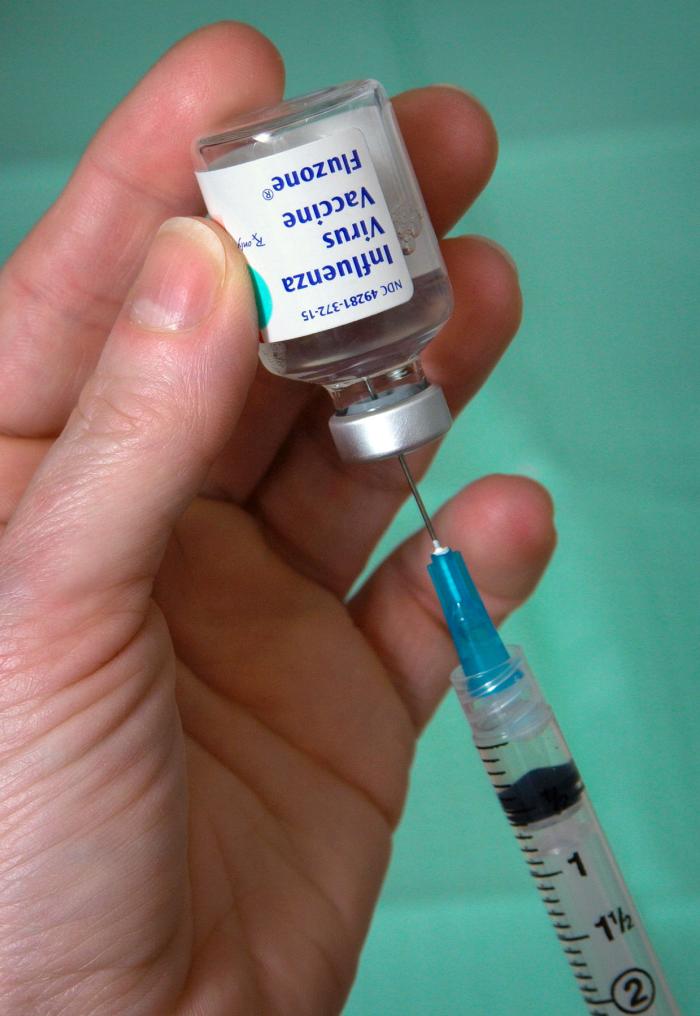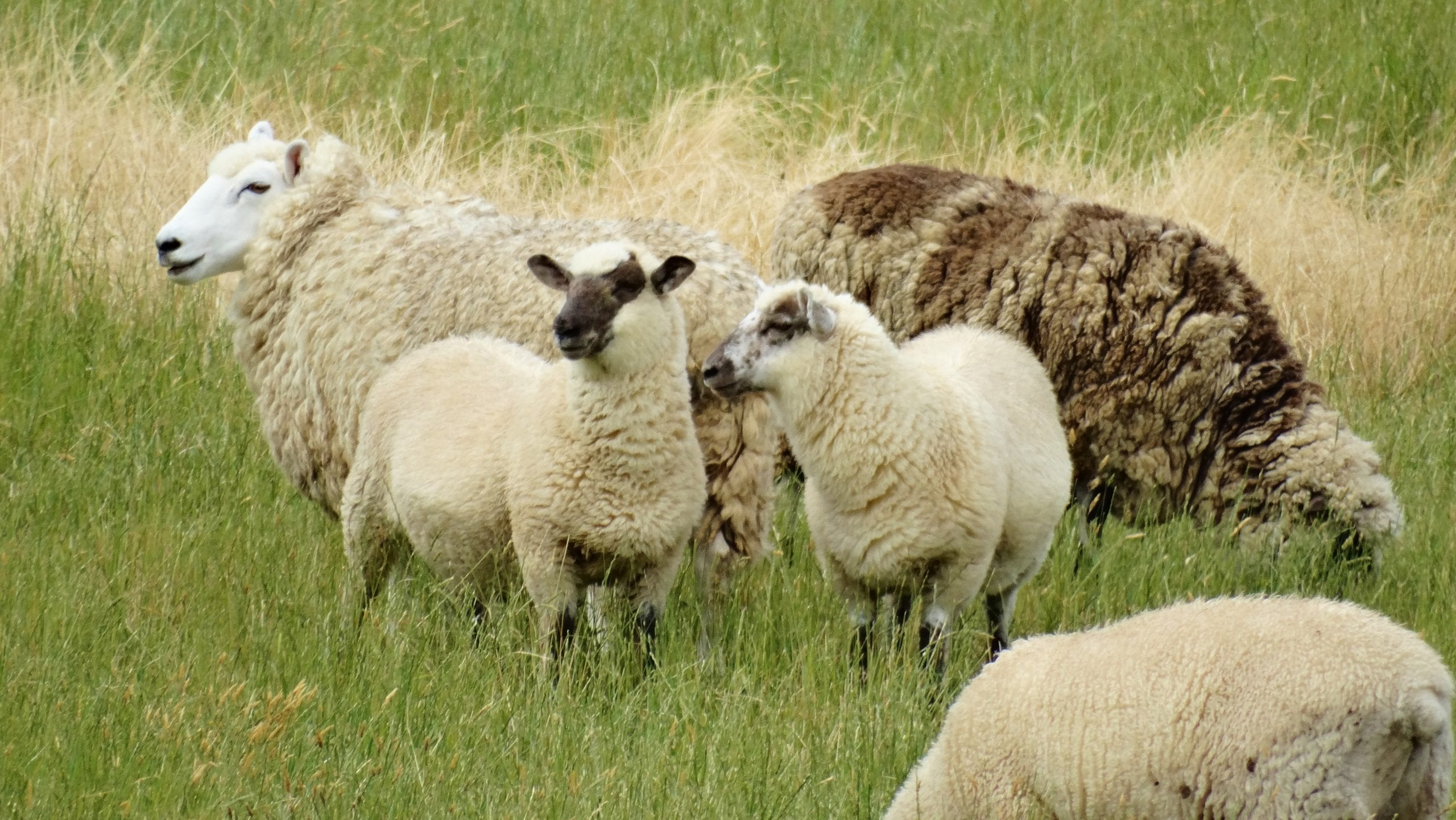1.5 million. That number can represent many different things: the population of Philadelphia, the number of classified living species, or the number of tweets Taylor Swift's Reputation album received in the first 24 hours of its release. It is also the number of children under 5 years of age that die from vaccine-preventable diseases every single year.
Children represent an important target population for vaccination as their bodies are not yet strong enough to fight off infections on their own. A child's immune system is not fully developed until about 5-6 years of age. While mothers can provide antibodies to their newborns through breastfeeding, those antibodies do not last forever, leaving the child once again susceptible to infection. So to protect children at a time when they are most vulnerable, vaccinations are necessary to help kick-start their immune systems.

According to the CDC, there are at least 10 vaccines recommended for children from 0-5 years old, including those for hepatitis, polio, smallpox, and influenza, along with joint vaccines for measles/mumps/rubella (MMR) and diphtheria/tetanus/pertussis (DTaP). While some of these vaccines are met with variable success (I see you flu), some have proven to be the most effective vaccines in the world. Smallpox vaccination led to its worldwide eradication in 1980, and implementation of the MMR vaccine in 1963 led to a 99% reduction in the US, preventing illnesses in numerous children.
Despite successful vaccination efforts, many of these diseases still linger today. Just this week polio-like symptoms were observed in a child in Venezuela, a country under immense political strife where public health efforts, including widespread vaccination, have been unavailable in recent years. Although later evidence indicated the child was “polio-freeâ€, this situation, along with the ongoing measles outbreak in Europe, highlight the risks that can occur when gaps in vaccination coverage exist.
Recently, childhood vaccination has come under much public scrutiny. With new knowledge about potentially harmful ingredients and the potential for adverse side effects, many individuals fear vaccinations. Importantly, many parents fear the effects vaccines will have on their children. Recent legislature allows individuals in 18 states to decline receiving state-mandated vaccinations due to philosophical or non-medical reasons, leading many parents to opt out of vaccinating their children. Since the rise of this “anti-vaxxer†movement, there has been an increase in both measles and mumps cases in the U.S., with a measles outbreak occurring in California in 2015. Yet we scratch our heads and wonder why these communicable diseases still exist?
One reason vaccination is so effective in controlling contagious diseases is herd immunity. Like a herd of sheep or cattle use their increased numbers to protect themselves against predators, a community can protect itself from disease by increasing the number of vaccinated individuals. The idea is that if you vaccinate enough of the population (usually 85-95%), you reach a protective threshold which can prevent the spread of disease throughout the remaining population – even if they aren't vaccinated! This is particularly important for individuals who cannot be vaccinated for medical reasons, such as those undergoing chemotherapy or have other conditions which weaken the immune system.

If the level of vaccination within a population falls below the threshold required to maintain herd immunity, infection will increase and spread in any susceptible ( un-vaccinated) host. So when vaccinations stop, community-wide immunity declines over time, leaving the entire population more susceptible to the disease. This is exactly what is allowing diseases such as polio and measles to re-emerge even in communities with advanced public health efforts. A recent study estimated that reducing childhood MMR vaccinations by only 5% could potentially cause a 3 fold increase in childhood measles cases annually. Why risk an outbreak and leave children susceptible to a disease that we know we can prevent?
The vast majority of commercially available vaccines are not only safe but proven to reduce the likelihood of becoming infected with said disease. It's important to be aware of the risks and rewards associated with each vaccine, in order to make informed decisions on whether opting out of vaccinations is the right choice for you and your family. However, it is also important to remember that failure to vaccinate children leaves them susceptible to not only contract these diseases themselves but continue their spread, making it even more difficult to eliminate these diseases for good.
1.5 million. Let's leave that to Taylor Swift's followers, shall we?
Featured image credit: kai Stachowiak via Public Domain Pictures

About the Author
- athenssciencecafehttps://athensscienceobserver.com/author/athenssciencecafe/April 17, 2020
- athenssciencecafehttps://athensscienceobserver.com/author/athenssciencecafe/April 12, 2020
- athenssciencecafehttps://athensscienceobserver.com/author/athenssciencecafe/April 3, 2020
- athenssciencecafehttps://athensscienceobserver.com/author/athenssciencecafe/March 30, 2020







